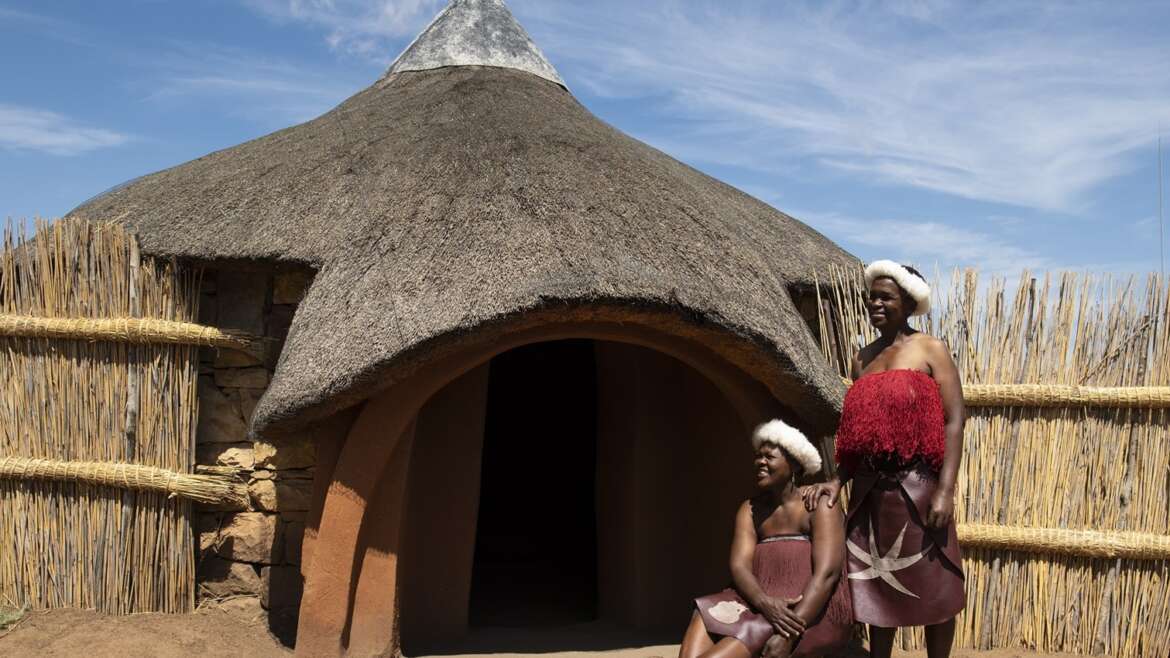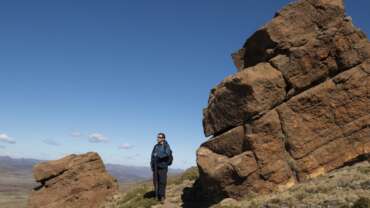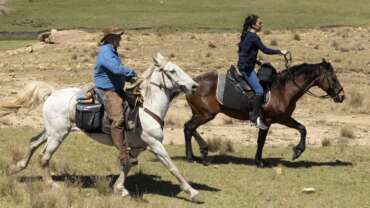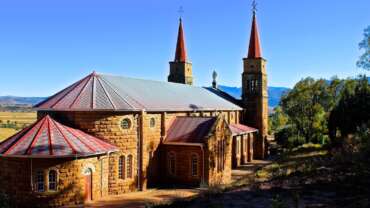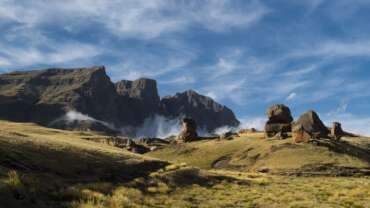Culture & Heritage Tourism in Lesotho
Lesotho’s most ancient cultural heritage is preserved in the atmospheric rock overhangs that characterise the kingdom’s highlands.
In prehistoric times, these basalt-capped shelters provided refuge to San (Bushman) hunter-gatherers, who adorned the sandstone walls with rock paintings depicting their mysterious shamanic trance rituals.
Mostly between 200 and 1,000 years old, the polychrome rock paintings of Lesotho were created using natural pigments such as ochre, clay, charcoal and manganese oxide. The most complex panels comprise dozens of individual portraits of humans and therianthropes (human-like figures with some animal features), as well as eland and other wildlife.
Some of Southern Africa’s finest rock art can be found in the remote caves of Tsatsane Valley and Sehlabathebe National Park. More accessible sites from Maseru include Ha Baroana and Liphofung, and there is also rock art within walking distance of Malealea Lodge.
In more recent times, the caves of the highlands have offered sanctuary to many a blanketed Basotho shepherd and his livestock on a cold winter night. This cave-dwelling tradition still lives on at Ha Kome, where a deep overhang houses a cluster of adobe houses whose curvaceous exteriors recall the adobe architecture of Mali’s Bandiagara Escarpment.
Another important cultural site in Lesotho is Thaba Bosiu, a tall sandstone plateau that served as the residence and military stronghold of King Moshoeshoe I from 1824 until his death in 1870. Still revered by the Basotho today, the summit of Thaba Bosiu hosts the cemetery where Moshoeshoe and all successive Sotho monarchs are buried.
Historic Morija is the site of the Lesotho’s most important museum and archive, established in 1956 to house various collections made in the late 19th century. Morija is home to the kingdom’s two oldest standing buildings, both of which date to the 1840s, as well as a vibrant contemporary arts cooperative, and the press that published the country’s first newspaper back in 1863. Matsieng, only 7km to the east of Morija, has served as the home of the Sotho monarchy since Moshoeshoe’s death in 1870.



